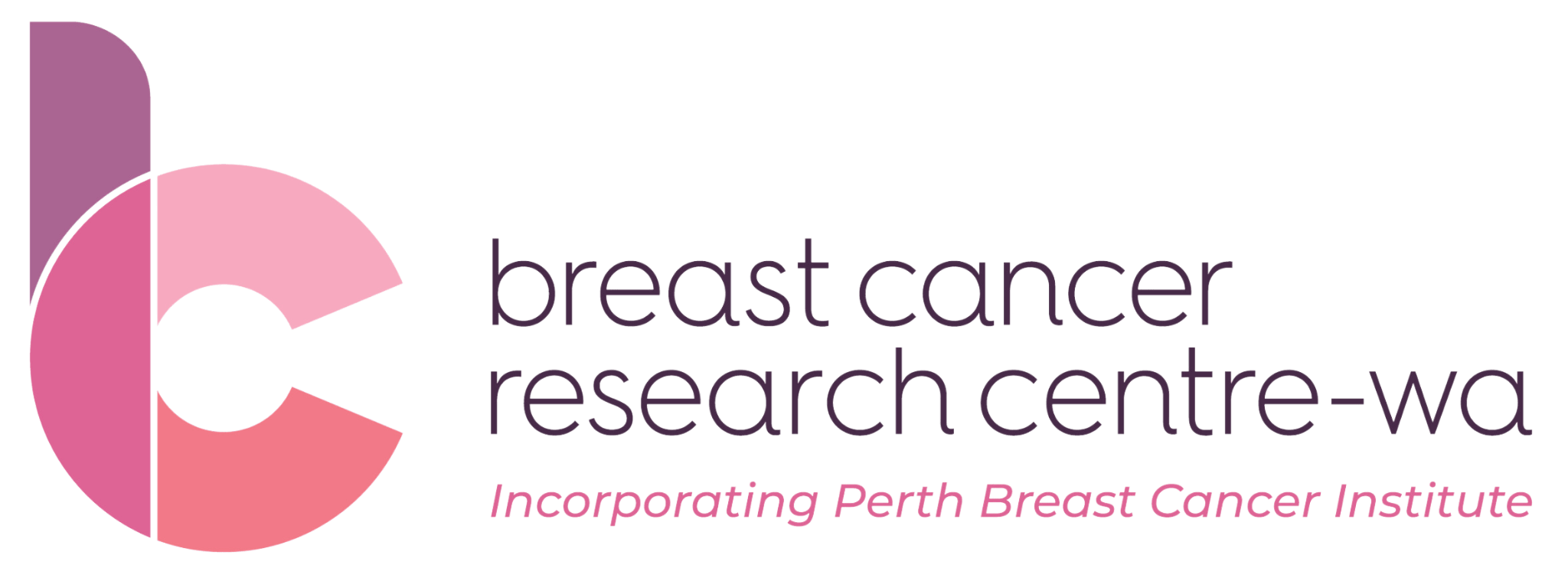Chemotherapy for women with early breast cancer in Australia: Relevance of a new study from USA
An American breast cancer clinical trial (TAILORx) has recently been published which reports: “70% of women do not need chemotherapy after surgery for breast cancer”.
Whilst it is true that the trial did provide important information about some patients having very little benefit from chemotherapy in addition to taking an anti-hormone tablet, some of the reporting around this trial is misleading.
Large scale studies over the past 40 years have shown that chemotherapy after surgery can reduce breast cancer relapse, to a very large degree in some patients; whilst other patients may only get very little benefit. A lot of research has been done to try and identify those patients in the “grey-zone” where the benefit from chemotherapy may be very small. The TAILORx trial looked at whether a specific test called OncotypeDX (which is performed on the cancer specimen), could show which patients fall into the “grey-zone”. Thus, these patients could be advised only to have an anti-hormone tablet. This test is not covered by Medicare at the moment, costs $4,500 and takes 2 to 3 weeks for the results to be made available.
The important points to take from the TAILORx study are as follows:
- The TAILORx study found that 70% of women in the study were in the “grey zone” and thus having chemotherapy before an anti-hormone tablet only gave a very tiny additional protection against a breast cancer relapse to these women.
- The TAILORx trial was done in America where traditionally chemotherapy would have been recommended to 100% of the women included in the trial. However, this would not be the same practice in Australia, where many women with the same breast cancer characteristics as the trial patients, are already being recommended for an anti-hormone tablet only.
- Another reason why the 70% figure is misleading, is that the TAILORx trial states that their trial applies to women with hormone receptor positive, HER2 negative and lymph node negative breast cancer. Within this group of breast cancer, there is a wide range in the risk of a breast cancer relapse. What is omitted from the media reports is that the vast majority of women in the TAILORx trial had a very good prognosis tumour, and thus finding 70% of these patients being in the “grey zone” is not at all surprising.
- Another important result of the trial that has not been highlighted, is that if a woman in the trial was aged under 50yrs and the test confirmed a tumour in the “grey zone”, having chemotherapy before an anti-hormone tablet, did actually significantly lower that woman’s risk of a breast cancer relapse.
So, to conclude, the media reports of this trial over-estimates the importance of doing this test in Australian breast cancer patients. Having the OncotypeDX test done on your breast cancer specimen may be worthwhile if you are found to have a cancer in the “grey zone” and are aged over 50yrs. In using this test now and even in the future when it is likely to be covered by Medicare, it is important that you discuss your own personal risk of breast cancer relapse with your treating medical oncologist and see how the TAILORx study results apply to you. In particular, the results of this trial are specific to using the OncotypeDX test and not to other similar tests that are out on the market.
Professor Arlene Chan & Dr Chris Lomma


